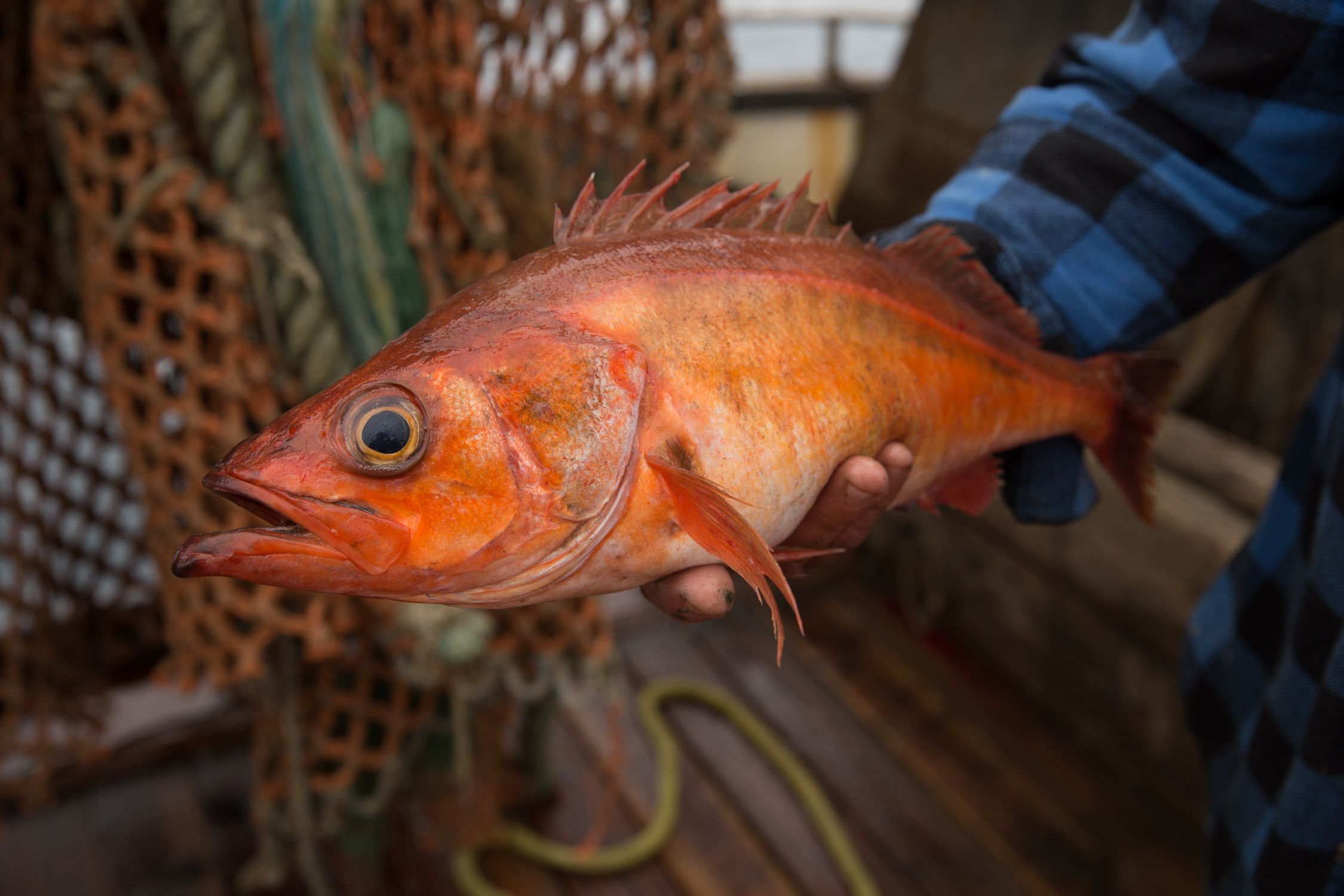
In 2000, the West Coast fishery for groundfish, such as rockfish and sole, was declared a federal economic disaster. Years of overfishing and declined productivity had led to record-low harvests for some fish and market gluts for others. By all accounts, the industry was dead in the water.
The tide changed, however, when the industry began working with federal regulators from the National Oceanic and Atmospheric Administration and scientists from the Environmental Defense Fund (EDF) to put an end to overfishing. They implemented a form of secure fishing rights that divides the total amount of fish that can be caught into individual quotas that each fisherman can catch throughout the year. Now the Monterey Bay Aquarium's Seafood Watch program and the Marine Stewardship Council consider a number of West Coast groundfish to be sustainable seafood choices, and the industry provides enough certified sustainable seafood to satisfy 17 million Americans for an entire year. No one in the fishing industry could have imagined a comeback like this.
If similar practices were put into place around the world, the majority of the world's fisheries could fully recover in just 10 years from the overfishing of the past decades, according to a paper published March 29 in the Proceedings of the Academy of National Sciences. And by 2050, global fish populations could double.
Researchers from the University of California, Santa Barbara, the University of Washington and EDF put together a database of 4,713 fisheries across the world that represent 78 percent of the ocean's catch. They found that the majority of fisheries are in bad shape because of overfishing, while a third of fisheries are in good biological condition but not necessarily good financial condition. "Overfishing has left many fisheries in a bad way, which is likely to get worse unless things change," says Amanda Leland, the senior vice president for oceans at the EDF and a co-author of the paper.
The problem, Leland says, is that in industries known for overfishing, the typical government response is to limit the amount of time fishermen are allowed to fish. Pressed for time, the fishermen go out with bigger nets or on boats with more powerful engines in the frenzy to beat competitors after the same catch. The fishermen then flood the market with more fish than there is demand, and excess fish makes waste. In the decades before 2000, West Coast groundfish fishermen subject to quotas applied to individual fleets competed with one another to catch as many fish as possible before the fleet's allocation was met. Now a new "catch share" program divides the total amount of an overall allowable catch or quota in shares controlled by individual fishermen or groups of fishermen—securing each fisherman's opportunities and eliminating the need for competition.
"When that new program was put in place on the West Coast, all that waste plummeted 75 percent," says Leland. "It shows that when you give a fisherman a total of the percentage of fish available, he will go out when the weather is good or when market conditions are good, rather than at the same time as everyone else who's afraid they will miss out. This creates far less waste."
The study applied a bioeconomic model to determining if the same would be true for fisheries across the world under alternative management strategies. First, the team gathered data from fisheries over years to learn how much fish is caught, what prices different fisheries command, what condition the fisheries are in and what management strategies they employ. Prior to the study, good-quality data was available on only a couple hundred fisheries worldwide and didn't offer much information about the small fisheries that produce half the fish that people eat across the world.
Once they had information on more than 4,700 fisheries, the researchers looked at how profits and production could be improved under three scenarios in each fishery: one in which the business of fishing continued as usual; one where fish are managed according to how many can be caught on a sustaining basis; and one that guarantees fishermen the right to a certain percentage of total fish available or secures a fisherman (and his crew) a particular area for fishing.
The third scenario provided the best hope for recovering fish populations (the median fishery would take just under 10 years to recover) and improving food security, and amounted to a projected 204 percent increase in profits for fishermen by 2050. Reform was shown capable of generating more than 16 million more metric tons of caught fish and $53 billion more in profit when compared with business as usual.
"This research shows that we really can have our fish and eat them too," says Chris Costello, the paper's lead author and a professor of environmental and resource economics at UCSB. "We no longer need to see ocean fisheries as a series of trade-offs. In fact, we show that we can have more fish in the water, more food on the plate, and more prosperous fishing communities—and it can happen relatively quickly."
Uncommon Knowledge
Newsweek is committed to challenging conventional wisdom and finding connections in the search for common ground.
Newsweek is committed to challenging conventional wisdom and finding connections in the search for common ground.





